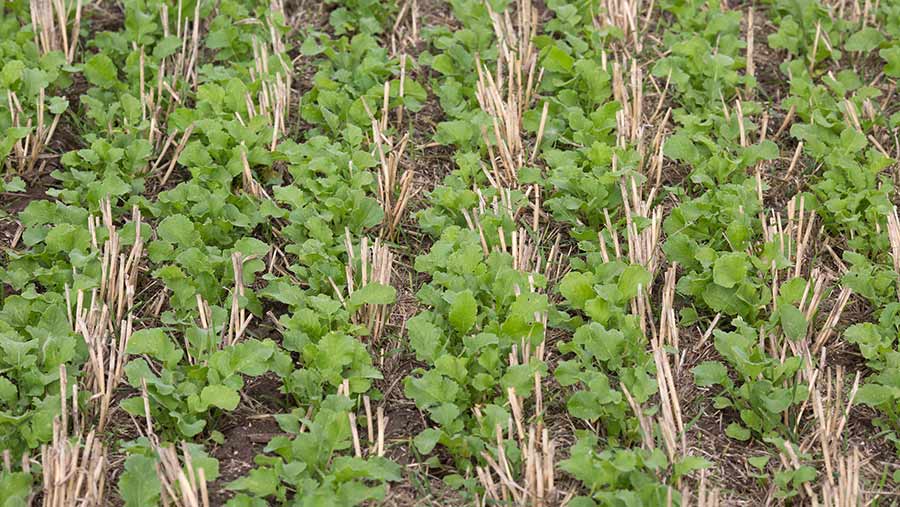Cereals 2022: 6 steps towards a sustainable farming future
 © Tim Scrivener
© Tim Scrivener Six key steps can be actioned for a more sustainable or regenerative approach to arable farming, as many farm business look to cut their reliance on increasingly expensive inputs.
Alice Montrose, associate partner at consultant group Ceres Rural, says these simple actions can bring big benefits and also prepare for the first component of the Environmental Land Management scheme – the Sustainable Farming Incentive.
The changes can be easily implemented at low risk compared to other practices, to improve sustainability such as reducing cultivations, introducing livestock and cutting the use of plastics, which require more attention.
See also: Cereals 2022: Options to manage wheat disease in dry springs
“These six steps bring costs savings and environmental gains, without increasing the farm’s exposure to risk,” she said at Cereals 2022 in Cambridgeshire.
The six steps are as follows:
1. Eliminate insecticides
With insecticide options declining and resistance building in pest populations, their effectiveness is waning. By eliminating their use, growers can tip the balance between natural enemies and pests in favour of the former.
2. Keep a living root
Keep soil biology thriving by the use of cover crops, catch crops and companion crops. Correct management is key to ensure that they do not hinder the performance of cash crops.
3. Raise soil organic matter
Increasing organic matter levels will make soils more resilient and help them to capture and store carbon, allowing a reduction in the use of bagged fertiliser.
Chopping and incorporating straw on a certain proportion of land is a simple way of doing this.
4. Improve fertiliser use
Soil and tissue testing can help determine nutrient levels and their availability to crops, so that fertiliser use can be targeted accurately.
This will save money, optimise fertiliser use, prevent leaching and minimise any impact on the environment.
5. Make good use of organic manures
Look for some of the farm’s fertiliser to come from an organic source – such as farmyard manure, poultry litter, sewage cake or digestate – to supply nutrients and improve soil health.
6. Keep pesticide use to a minimum
Some pesticides can have an effect on soil biology, so consider whether these are really necessary – with some herbicides hindering the competitive ability of the crop more than their ability to control target weeds.
Some fungicidal seed treatments can also be harmful to soil biology and upset the balance that has been achieved by improving soil health.

